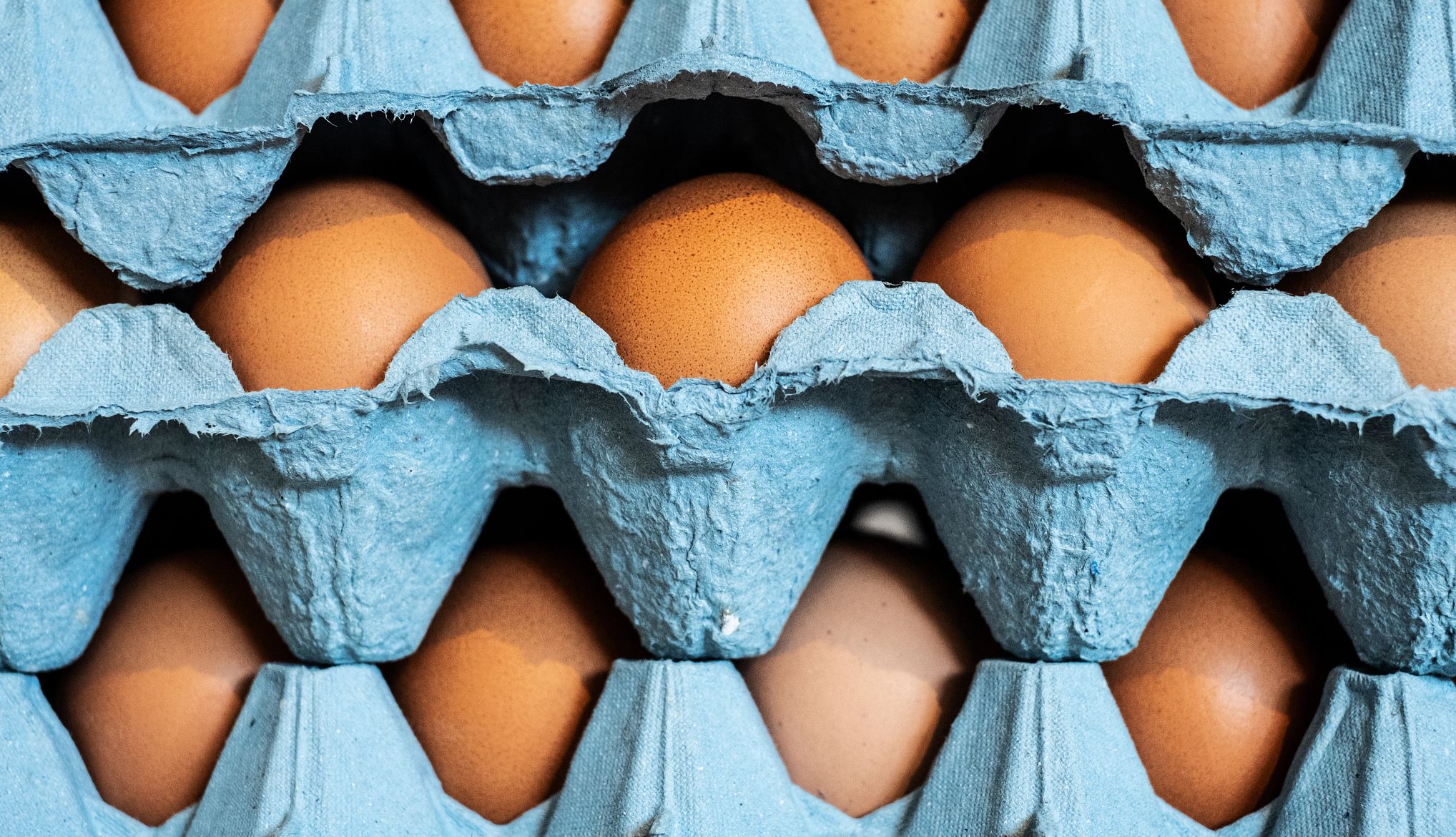AARP Hearing Center


If you're planning to bake a pie for the holidays, brace yourself for a bigger grocery bill than last year's. Egg costs jumped 30.4 percent year-over-year in October, according to the Consumer Price Index. That brings the average price for a dozen large eggs to $3.37, up from $2.07 a year ago.
Much of the increase in egg prices can be attributed to a recent spike in the avian flu outbreak that U.S. farmers have been battling for two years. The ebbs and flows of the outbreak require large-scale culls of birds, which Michael Pearce, deputy U.S. economist at Oxford Economics, says pushes down flock sizes and drives up egg prices. Over 108 million birds have been affected since 2022, according to the Centers for Disease Control and Prevention.
The outbreak is occurring at a time when there’s typically an increase in egg demand, as holiday baking commences. “The price of eggs is affected by many factors, including consumer demand thanks to diets like KETO, inflation and, most notably, the bird flu, which has been making the rounds since early 2022,” says shopping expert Trae Bodge.
The good news is there are ways to save.
1. Shop around
Finding big sales on eggs, especially when there is more demand than supply, is tough, but shopping around could lead to savings. You can check out egg prices at a few local grocery stores and purchase accordingly. There are also apps like Flashfood, which partners with grocery stores around the country to help them sell items that are in surplus or are nearing their “sell by” date. Bodge says eggs have been discounted by 50 percent on the app recently. Similar apps include Imperfect Foods and Misfits Market.
2. Buy in bulk


This strategy could make sense if you cook eggs for your family regularly, since Bodge says the per-egg price is often cheaper when you purchase them in bulk at a warehouse club store. To make them last longer, keep your store-bought eggs in the fridge in their original carton on the coolest shelf. According to the U.S. Department of Agriculture, the shelf life for eggs is three to five weeks if properly stored.































.jpg?crop=true&anchor=13,195&q=80&color=ffffffff&u=lywnjt&w=2008&h=1154)































More From AARP
How I Saved Money Using Coupons at the Grocery Store
With little effort, I was able to save7 Reasons to Do All Your Holiday Shopping in October
Why early-bird deal hunters get the worms14 Food Stores That Give Discounts to Seniors
Here’s one way to save on food pricesRecommended for You